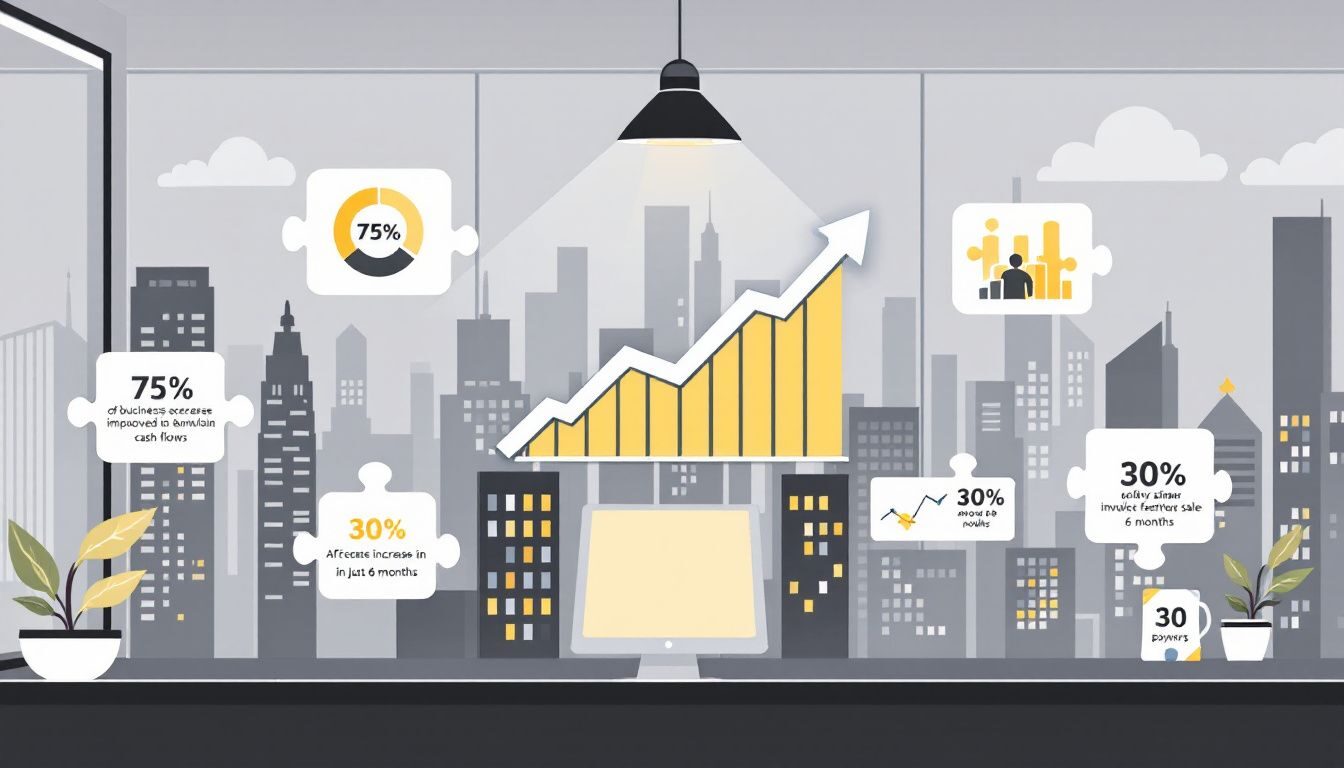In the world of investing, diversification is often touted as one of the most effective strategies to manage risk and enhance returns. Diversifying with commodity investing offers a powerful way to achieve portfolio balance and stability. By incorporating commodities into your investment strategy, you can broaden your exposure to different asset classes and potentially reap the rewards of their unique characteristics. This guide explores how commodity investment for portfolio balance can enhance your overall investment approach and provides actionable strategies for portfolio diversification.
Understanding the Role of Commodities in Your Portfolio
Commodities are raw materials or primary agricultural products that can be traded. They include everything from precious metals like gold and silver to energy resources such as oil and natural gas, as well as agricultural products like wheat and coffee. Incorporating commodities into your portfolio can offer several benefits:
- Inflation Hedge: Commodities often act as a hedge against inflation. As the prices of goods and services rise, the value of physical commodities tends to increase, helping to protect your purchasing power.
- Diversification: Commodities typically have a low correlation with traditional asset classes like stocks and bonds. This means they can help spread risk and reduce overall portfolio volatility.
- Growth Opportunities: Some commodities, such as industrial metals, benefit from economic expansion and increased industrial activity, providing potential growth opportunities.
Understanding these benefits can help you make informed decisions about how to enhance your portfolio with commodities.
Key Commodities for Portfolio Diversification
When considering commodity investment for portfolio balance, it’s important to select commodities that align with your investment goals and risk tolerance. Here are some key categories to consider:
- Precious Metals: Gold and silver are well-known for their role in preserving wealth and acting as safe havens during economic uncertainty. These metals often retain value when stock markets are volatile.
- Energy Commodities: Oil and natural gas are crucial for global energy needs. Investing in these commodities can provide exposure to the energy sector’s performance and benefit from fluctuations in energy prices.
- Industrial Metals: Copper, aluminum, and nickel are essential for manufacturing and construction. Their demand often rises with economic growth, making them a good choice for those looking to capture economic upswings.
- Agricultural Products: Wheat, corn, and soybeans are fundamental to global food supply chains. Investing in these commodities can provide diversification through agricultural cycles and seasonal variations.
Each category has its own market drivers and risks, so it’s important to understand these factors when diversifying with commodity investing.
Strategies for Portfolio Diversification
Successfully integrating commodities into your portfolio involves more than just selecting the right assets; it requires a strategic approach to achieve optimal balance and risk management. Here are some strategies for portfolio diversification:
1. Asset Allocation
Effective asset allocation is crucial for balancing risk and return. Determine the appropriate percentage of your portfolio to allocate to commodities based on your investment goals, risk tolerance, and time horizon. A well-diversified portfolio might include a mix of equities, bonds, and commodities, with each asset class serving a different purpose.
2. Use of Commodity ETFs and Mutual Funds
Commodity exchange-traded funds (ETFs) and mutual funds offer an easy way to gain exposure to a broad range of commodities without the need for direct investment in physical assets. These funds often track commodity indexes or baskets of commodities, providing diversification within the commodity sector itself. They can also reduce the complexities associated with managing individual commodity investments.
3. Investing in Commodity Futures
For those with a higher risk tolerance, commodity futures contracts offer a direct way to invest in commodities. Futures contracts obligate you to buy or sell a commodity at a predetermined price and date. While they can provide substantial returns, they also come with higher risk and require careful monitoring and management.
4. Incorporate Commodities into a Balanced Strategy
Incorporating commodities into a balanced investment strategy involves regularly reviewing and adjusting your portfolio. As market conditions change, the performance of different asset classes will vary. Rebalancing your portfolio periodically ensures that your commodity investments align with your overall investment objectives and risk tolerance.
5. Focus on Long-Term Trends
Commodities can be influenced by long-term trends such as technological advancements, geopolitical events, and changes in consumer behavior. By focusing on these trends, you can make informed decisions about which commodities are likely to perform well over time. For example, the growing emphasis on renewable energy might impact the demand for certain energy commodities.
Conclusion
Diversifying with commodity investing offers a unique opportunity to enhance your investment portfolio and achieve better balance. By understanding the role of commodities, selecting the right assets, and employing effective strategies for portfolio diversification, you can manage risk and potentially improve returns. Whether you’re looking to hedge against inflation, capture economic growth, or simply add variety to your investments, incorporating commodities can be a valuable addition to your overall investment strategy.

